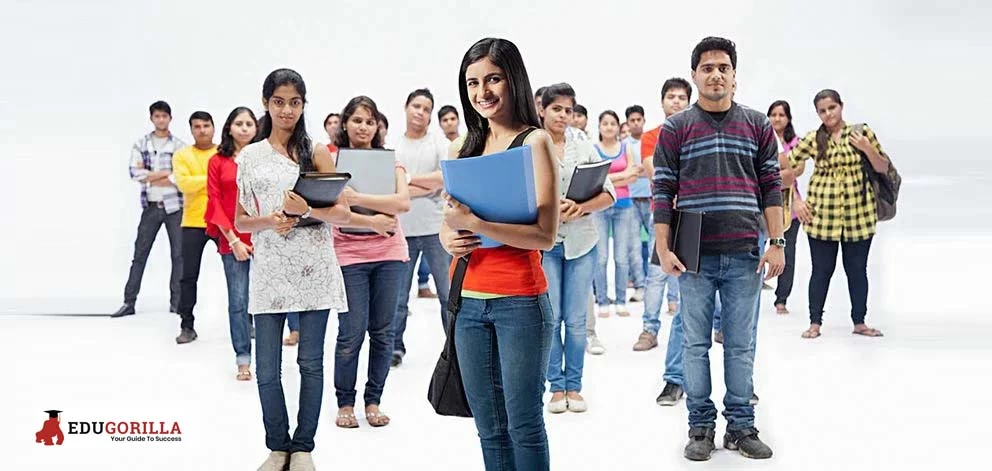Our mind is a wonderful yet mysterious object. The way it works is- well, let’s just say that explaining how our brain works is possible, however, this applies only for the physical brain. Our subconscious, on the other hand, is a completely different case, having an inexplicable nature.
The subconscious is an abstract part of your brain that involuntarily influences your personality and hence, by and large, controls your actions. We often “do things subconsciously” which we don’t realize we are doing because deep down, we are not aware of what we are doing. Confusing, I know, but these are facts which will justify the following trend.
It has been observed that students often become victims of subconscious inequity in the classroom, which they can eventually carry with them when they go about finding a job and start working.
Subconscious inequity in a classroom is the involuntary, unfair treatment of students based on the intuitive standing or the natural beliefs of the teacher (even the teacher does not realize this occurrence). The reasons for this subconscious inequity, also known as “Implicit Bias”, and may vary from person to person, from diversity in ethnicity or from a hundred other reasons that might lead the teacher to become biased towards our children, who are under their supervision.
We would be wrong in assuming that teachers are solely to blame for this phenomenon because it’s plain human nature; you like some people, while dislike others no matter how hard you try to change that negative approach. We have no control over who we choose because it is purely subconscious, and within this instinctive judgment, our children are often subject to either inequity or favoritism, depending on the nature of the teacher’s impression and relationship with the child.
The most common reason for the existence of subconscious inequity is racism, which is natural. A study was conducted in which teachers were shown videos of children and were asked to point out those students who were misbehaving. It was surprising to see that white teachers were focused more on black children rather than those of their own color even though the behavior of the children was uniform in the videos. This is an example of implicit bias.
Another major reason for the occurrence of inequity and favoritism in the classroom on the part of teachers is the relationship of the student with the teacher. We know that every child is different. Your child may be the intelligent one, the silent one or the sporty one. Now, the impression the child has on the teacher matters a lot. Imagine a smart, confident child who actively participates in class. The teacher will obviously be fond of this child; there will be leniency while grading and punishment will be non-existent even when the child does something that is against the norms of the classroom.
Now picture another child who is not as disciplined, is not a high achiever, and is not as confident as his above mentioned counterparts. This type of child may subconsciously be subjected to unfair treatment by his teacher because of his inability to perform well in the classroom. He will be graded more strictly and punished more severely. In other words, school will not really be a memorable experience for him.
We need to address this issue as a matter of urgency because of the adverse effect it has on the mentality and academic performance of our children. This is why we need to train teachers to detect whether they are being subconsciously biased, and if they are being unfair with regard to a student, teachers need to learn to tell when and why they are doing so.
How Can the Teacher be Taught
Teachers can attend guidance programs in which they can learn about their biases in everyday life and then attempt to overcome their stereotypes, so that they don’t have to worry about being subconsciously biased in class. Getting rid of their racial bias will allow them to be more open-minded in the classroom, and be one step closer to a fairer judgment.
Teachers need to be trained on how to be empathetic towards their students. Empathy is unarguably the most important teaching mechanism that a teacher must use if he is to create a comfortable, fair environment inside his classroom. He needs to understand that there is diversity amongst his students- they belong to different classes, ethnicities, financial backgrounds and living standards.
Learning about them on a personal level will enable the teacher to understand the shortcomings of his students and work on them accordingly. The teacher will also be able to decide punishment for a disciplinary error by keeping the child’s domestic values in mind.
Teachers can also become more mindful of their students – their backgrounds and limitations. This can happen by communicating with their students in a way that both parties become comfortable with each other’s company, not hesitating to share their personal experiences and circumstances.
Apart from attending training sessions and workshops which educate teachers on how to treat all their students equally and refrain from creating a bias regarding the children they are responsible for, teachers need to realize the responsibility they have been bestowed with.
We need to get rid of racist ideas on a personal level so we can avoid subconscious inequity in our classrooms and propagate brotherhood in our students. We can get rid of these ideas by making friends who are of different caste or color. This will enable us to become broad-minded and eventually, overcome subconscious inequity.
You Might Want To Read:
Management Question Paper 2 2006, Stanford Business School Admission, Kashmir University M Sc Botany, Crackverbal, Baba Farid University Sociology Question Paper 6 2008, Counting Strategies Part 1 Video, College Education Or Work Experience Which One Is More Important, School 2, Ugc Net Home Science Question Paper 1 2008, Computer Science And Application Question Paper 3 2010
Leave your vote
This post was created with our nice and easy submission form. Create your post!












Like what you read? Give author a thumbs up?
Bookmark this article to read later, drop a remark in comment section and share with your friends..